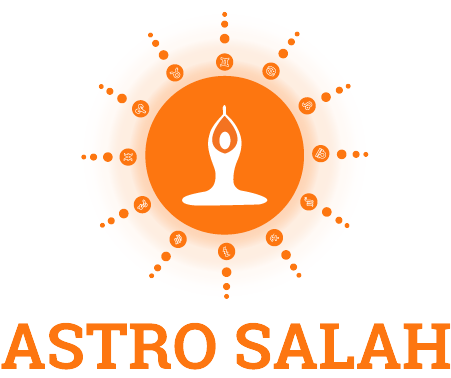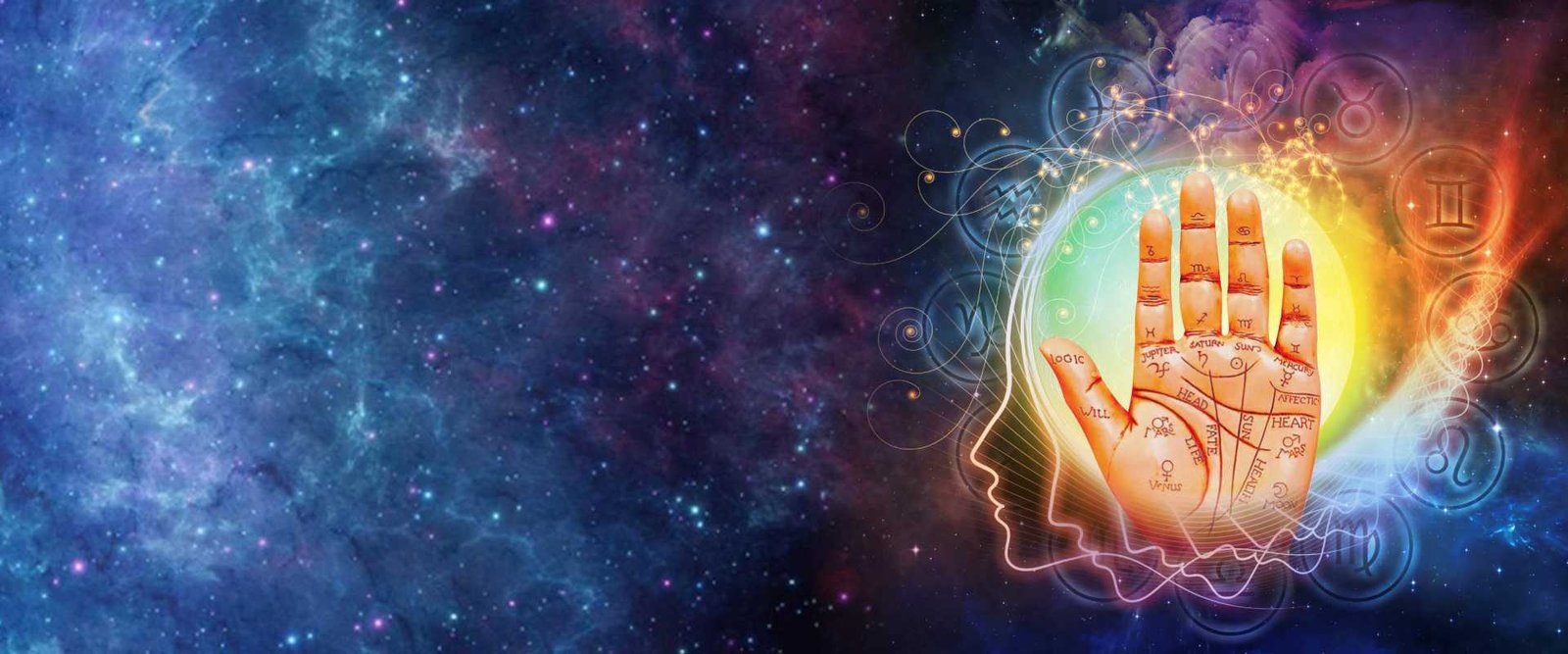Palmistry
Palmistry, also known as chiromancy, predicts the future and helps one understand one’s personality traits by analyzing the lines, shapes, and markings on one’s palms. It is a centuries old practice rooted in various cultural and mystical beliefs. In Palmistry, different lines on the palm represent different aspects of a person’s life, such as love, career, and health. Major lines include the heart, head, life, and fate lines, mounts (areas of the palm associated with different planets and characteristics), and various other features like shapes and markings. Some common elements that are considered in Palmistry:
1. Heart Line: Reflects emotions and relationships.
2. Head Line: Represents intellect and mental processes
3. Lifeline: Indicates vitality and life force, in addition to actual lifespan
4. Fate line: Shows the individual’s path in life, career, and destiny
5. Mounts: These raised areas on the palm are linked to various planets and aspects of personality. For instance, the Mount of Venus is associated with love and sensuality, while the Mount of Jupiter symbolizes leadership and ambition, among others.
6. Fingers: Their length, shape, and flexibility are considered to reveal personality traits and tendencies.
7. Thumb: Its size, shape, and flexibility can indicate willpower, drive, and assertiveness.
8. Nail Shape and Texture: These can provide additional insights into health and personality
Benefits of Palmistry
Here are some potential benefits of Palmistry:
- Self–reflection and Self–awareness: Palmistry offers a means for self-reflection, enabling individuals to glean insights into their personality traits, strengths, and weaknesses. Engaging in Palmistry may foster self-awareness and facilitate personal development.
- Career Counseling: Palmistry can offer insights into suitable career paths and vocational aptitudes. By analysing the lines and mounts on the hand, individuals may discover their innate talents and potential professional strengths.
- Relationship Insights: The study of hands can provide insights into romantic compatibility and relationship dynamics. By examining the hands of partners or potential partners, individuals may gain a deeper understanding of compatibility and possible challenges in relationships.
- Personal growth: Engaging with Palmistry can be a form of personal growth and self-improvement. By considering the interpretations of their hands, individuals can point to areas for personal growth and strive for self-improvement.
- Cultural and Historical Significance: Palmistry has a rich cultural and historical significance. Exploring Palmistry can offer individuals insights into ancient beliefs, traditions, and cultural practices from various parts of the world.
- Remedies: Remedies are often suggested to mitigate or alleviate any negative indications or imbalances perceived in the hand’s lines, mounts, and features. Proper remedies in palmistry can improve one’s health and help one succeed in every aspect of life.
Who should go for Palmistry
Palmistry is a personal interest and can be explored by anyone curious about it or drawn to it. Here are some individuals who might consider exploring Palmistry:
1. Self-explorers: People interested in gaining insights into their personality traits, strengths, weaknesses, and potential paths may find value in Palmistry as a tool for self-reflection and self-discovery.
2. Seekers or Guidance: People looking for guidance or clarity in various aspects of their lives, such as relationships, career choices, or personal development, may turn to Palmistry for insights and perspectives.
3. People not aware about their DOB: Individuals who do not know their date of birth can explore Palmistry to gain insight into various aspects of their lives. Palmistry analyses a person’s hands’ lines, shapes, and features rather than relying on specific birth details.
4. Astrology Enthusiasts: Individuals interested in astrology and other divinatory practices may find Palmistry complementary to their interests. Palmistry shares historical connections with astrology and incorporates similar symbolic interpretations.
5. People Exploring Cultural Practices: Palmistry has a rich cultural and historical
significance, with different traditions and approaches practiced worldwide. Those
interested in exploring diverse cultural practices may find Palmistry intriguing.
6. Partners or Friends: Individuals interested in better understanding their partners, friends, or family members may explore Palmistry to gain insights into their loved ones’ personalities, strengths, and potential challenges.
FAQs about Palmistry
Here are some frequently asked questions about palmistry:
- What is Palmistry?
Palmistry, also known as chiromancy, is interpreting the lines, shapes, and features of a person’s hands to gain insight into their character, personality traits, talents, and potential future events. - Is Palmistry a form of fortune–telling or divination?
Yes, Palmistry is often considered a form of divination or fortune-telling. It involves interpreting the palm’s lines, shapes and features to gain insights into the future or understand aspects of an individual’s life. - What can Palmistry reveal?
Palmistry reveals insights into personality traits, talents, strengths, weaknesses, relationship dynamics, career aptitudes, and potential future events. - How does Palmistry work?
Palmistry involves examining the lines, mounts, shapes, and features of a person’s hands. Practitioners interpret these elements based on traditional beliefs and associations to provide insights into various aspects of the individual’s life. - Is Palmistry linked to astrology or spirituality?
Palmistry has historical connections to astrology and spirituality in various cultures. Some practitioners incorporate astrological concepts or spiritual beliefs into their interpretations, while others focus solely on the physical features of the hands. - Can destiny be changed through palmistry?
Yes, destiny can be changed through palmistry by following proper remedies and taking guidance from palmist or palm reader.














